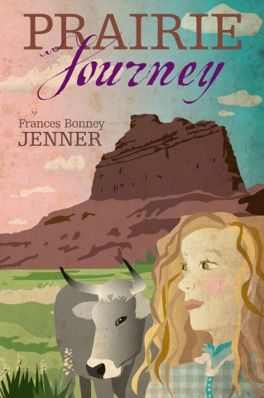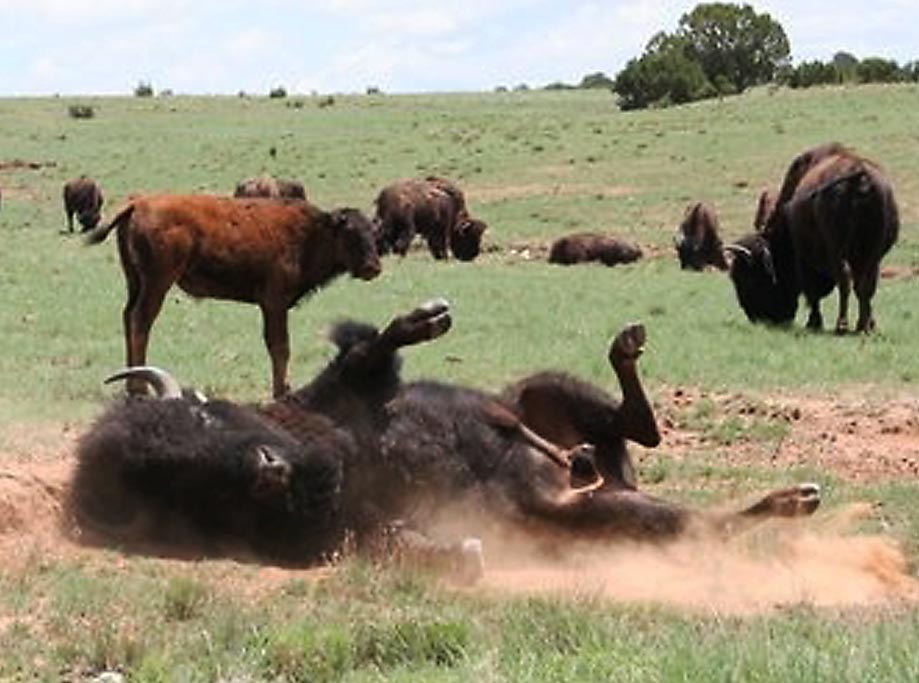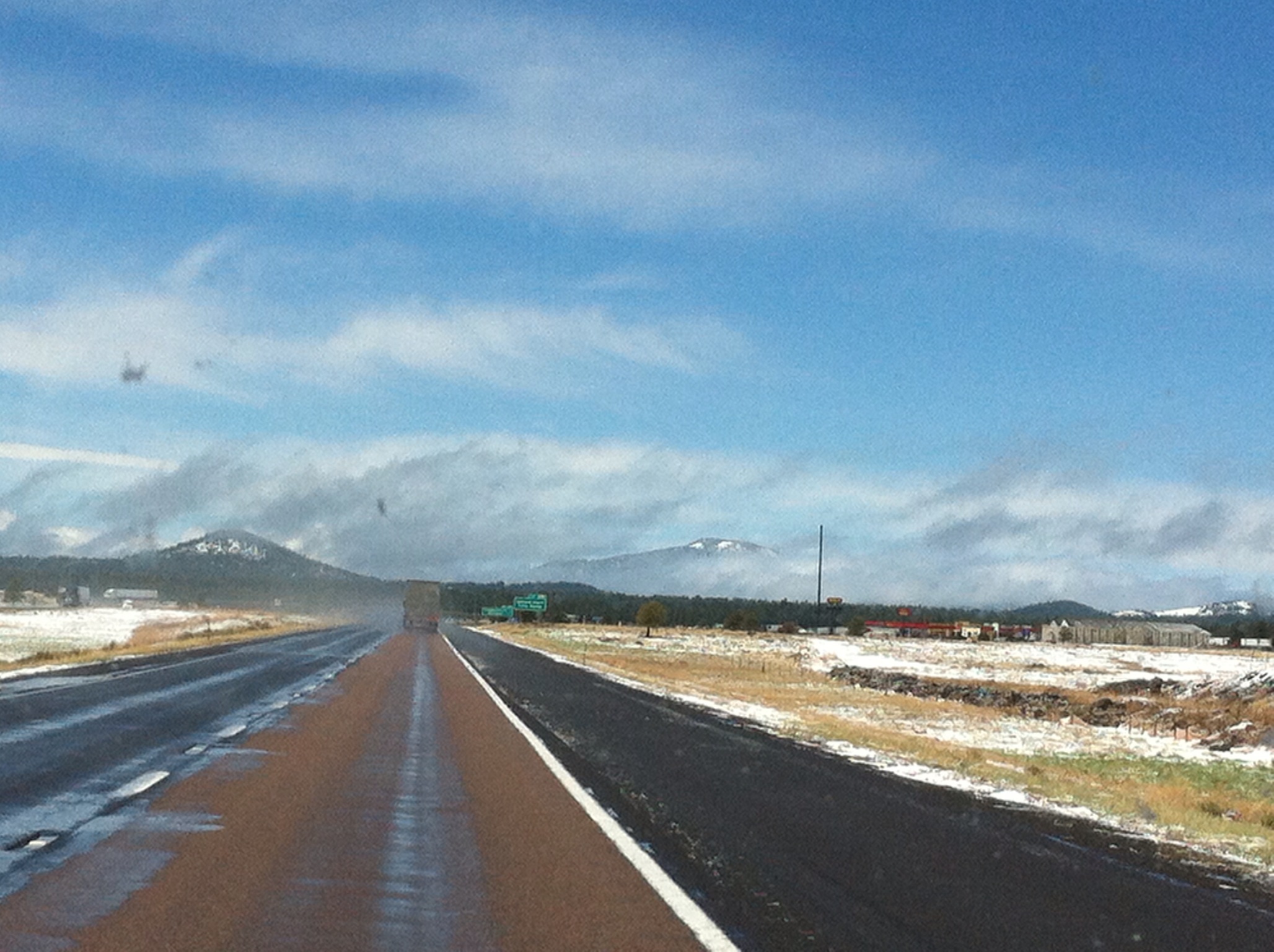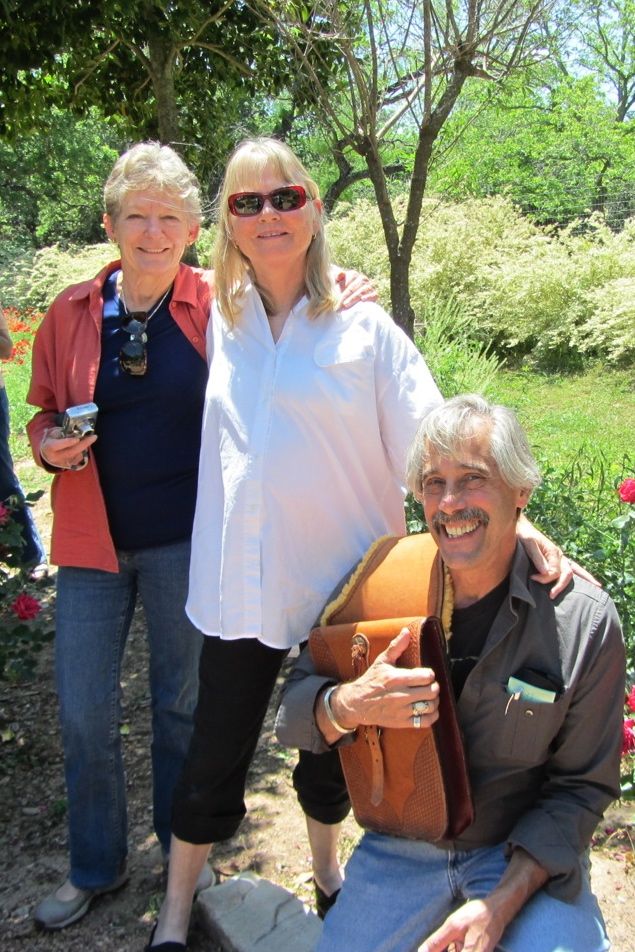 I often wonder why is it that some people dream of being a writer, follow through with the story they want to write, publish it in book form, maybe even receive an award or two along the way. And other people sit in front of a comptuer screen or the empty page of a note book, and never get past the step of dreaming, never take that first difficult step on the writer's journey.
I often wonder why is it that some people dream of being a writer, follow through with the story they want to write, publish it in book form, maybe even receive an award or two along the way. And other people sit in front of a comptuer screen or the empty page of a note book, and never get past the step of dreaming, never take that first difficult step on the writer's journey.

Frances Bonney Jenner has some answers for you. Fran, who has been part of Green River Writers Workshops for the past six years, is one of those first people, the ones who take the chance and start on the writer's journey. Fran is wise, talented, fearless, and has wisdom to share from her journey in writing (and rewriting) Prairie Journey
and seeing the book through to its award winning conclusion.
I asked Fran for advice for other writers. As I read her words, I heard her strong and confident voice, and felt as if I were sitting with her around an evening campfire, seeking courage to face the dark of the night and guidance for the challenges of the next day. Come join us by Fran's campfire, be part of the writing journey.
What was the biggest challenge to you in writing Prairie Journey?
I had to overcome my fear about being a writer. I was an elementary school teacher-librarian and I left that job so that I could have time to write. I began spending many hours alone with just myself and my story and characters. That was such a big change, being with just me rather than with lots of kids and teachers in a lively library atmosphere. I really got in touch then with my inner fear about not being talented enough. I had finally given myself time to write, but a new obstacle surfaced, my fear. I experienced so much fear that I literally had to force myself to sit at my computer each day and write. But soon I noticed that after about 15 minutes of writing, I would relax and forget about my fear and then I could just write and not feel afraid. Slowly over time my fear about writing disappeared and now I write and there’s no fear that gets in the way.
What was the biggest surprise?
I am perpetually surprised about what comes out on the page when I write.
I love that about writing. It is such an adventure. I go into my writing place wherever that is, I start to pound my computer keys, and a whole new world emerges that comes from deep within and that is not always in my conscious awareness. These surprises keep happening and are my biggest reward for continuing to sit down and write.
Why did you write Prairie Journey?
My great-great grandmother was a pioneer. My family never talked in depth about her story and I love that time period in history so I decided to make up her story myself, since I was so curious about it. She traveled from Kentucky to Texas on a covered wagon in the early 1800’s. I changed the setting in Prairie Journey to be the California Trail in 1850 because I had already written a pioneer journal when studying the California and Oregon Trails with a 3rd grade class when I was a teacher-librarian. I knew a lot about that trail experience and wanted to use that knowledge to build the story. I thought to myself, why not start here with what I already know.
Who would you most like to read your book?
I wrote it for 3rd-6th graders who are studying westward expansion. I think 8-12 year old girls are most likely to read and love it. But I did include two very strong male characters so that boys would also enjoy it also and Savannah is pretty much a tomboy. Adult readers love it too and my publisher (Irie Books) says that it’s for readers from 8-80 and beyond. I hope that teachers will read and share it with their students and parents and grandparents with their children and grandchildren.
You seem to channel the voice of your main character. How did you do that?
I am not quite sure. When I was writing Prairie Journey, I could always hear Savannah talking to me and so I just wrote what I was hearing inside my mind. And that was Savannah’s voice. I kind of fell in love with Savannah and so I felt that I needed to be true to her character and the voice that I was listening to. I hope I did that. I think she would say so.
What advice would you give another writer?
Read good writing. Write as much as possible and as many days a week as possible. Join a writing support group so that you can share your writing journey with others and get feedback on what you are writing. Don’t give up.
What are your 3 favorite books? Why? How do they help you with your writing?
Actually, one of my favorite books is your book, Alice, A Cowgirl in Search of a Horse. I love the stories you tell in it. It feels to me like it is written from the exquisite and innocent consciousness of a young child. And it’s funny too. My other two favorites are Sarah Plain and Tall by Sarah MacLachlan and Escape from Botany Bay: The True Story of Mary Bryant by Loretta and Gerald Hausman. These books all have something in common - each is written in a prose style that is breathtakingly simple yet beautiful. I try to write that way too and when I read each one, my mind and thoughts seem to merge into that style that is so set in beauty. In that way, these books help me with my own writing.
What do you do mentally, physically, spiritually, to keep yourself writing when the going gets tough?
My writing support group is crucial to my well-being as a writer. Sometimes when I get stuck, I tell my support group about it, and soon I am unstuck and ready to write again. We support each other in our writing and we care about each other as writers. That’s the best medicine I know for when the writing gets tough.
A far as my writing practice itself, I keep writing. In his book, On Writing Well, William Zinsser says something like “ Write badly to write well.” I always carry that bit of advice with me. Some days the writing comes out badly. I know what Zinsser means - the first time writing finds its way to a piece of paper it’s probably not the best, but it’s a beginning and it can be improved. My experience is that sooner or later with a lot of work and grace, it will come out well, and, whatever the problem is, it will be solved.
I find too that meditating can open me up to something about writing that is coming up from my consciousness. It might help me develop a more authentic relationship with a character or find something new in the story that needs to be told. So I depend on meditation to keep me listening to what I might need to hear and work through that is coming from the inside of me. I also hike often and run several miles each week. Those activities keep my mind clear and fresh.
What is the most creative approach you have used for marketing?
A local bookstore (Hearthfire Books of Evergreen) has a booth at the local summer Farmer’s market. The bookstore owner asked me to promote and sell my book there at that booth. It was a lot of fun. A reporter from the Canyon Courier (local newspaper) did an article about my appearance. That helped draw in those who were interested. I sought out 8-12 year old girls passing by the booth and asked them if they would like a free bookmark/post card and to hear about Prairie Journey. They said yes! I showed them Prairie Journey’s award (a bronze medal, heavy like an Olympic medal) for best juvenile fiction from the Independent Publishers Association. They (and their parents too) wanted to feel the medal and have the experience of wearing it. That got them excited about buying and getting it autographed. A WOW marketing day!
What is the most successful approach?
I have the most success when I visit a 4th or 5th grade school classroom. I share photos of my research travels along the California Trail and how I got my ideas for the book’s characters and plot. The students are very receptive and really fired up to learn how I wrote the story and also to see images of the trail. Students and teachers often buy copies of the book after hearing the presentation. The book is a good curriculum match for students learning about the westward expansion movement.
What leads you to the topics of your writing?
I have projects that I have wanted to write about ever since I can remember. They often involve family connections (like my great-great grandmother who was a pioneer). I also have stories that just pop into my head usually when I am hiking or meditating, stories that want to be told that probably come from my childhood experiences. I have to stay disciplined so that I won’t stray from the topic I am currently writing about.
What is your next project? Why?
I am working on a YA historical fiction novel about Billy the Kid. My maiden name is Bonney and Billy’s mother was a Bonney. I don’t know that we are related but we do share a name. Billy actually changed his last name from McCarty (his father’s name) to Bonney in his late teen years. My family, especially my father, encouraged me to write about Billy, once he knew I wanted to write. Together, we actually started researching about Billy early on. There’s definitely an emotional tie to my family about this topic. Also, I am fascinated by outlaws and curious to figure out why Billy became one. Being a detective type, I love the experience of getting into the head of a character and writing their story from a perspective that I discover.
As you write your next book, what will you do differently?
It’s already different with my book about Billy. I have more confidence about writing it. I have taken more up front time to get into Billy’s head and point of view, to know what he wants and can’t have. I have done a lot of research (even physically traveling across Billy’s New Mexico) before writing much of it. I am getting ready now to plot out the scenes that I want to be in the book, even though I have already written several. I want to get an overview of the big picture of the story. I also know that often one scene leads to a new and unplanned surprise scene, and I look forward to that, too. That’s all very different from the way I wrote Prairie Journey.
How would your experience help other writers?
I hope sharing my experiences will help other writers write the stories they feel connected to and passionate about telling. That they will learn to trust
that writing well is about continually improving one’s writing from the start.
That they will write often, read good writing, find writing support, and create their own unique strategies for continuing on when the going gets tough. And most importantly, I hope that they will keep on writing as much as they can, that they will continue to believe in themselves, and not ever give up!
Thanks, Fran, for your wisdom, talent, and perseverance.
What will be your first step on your writing journey?









